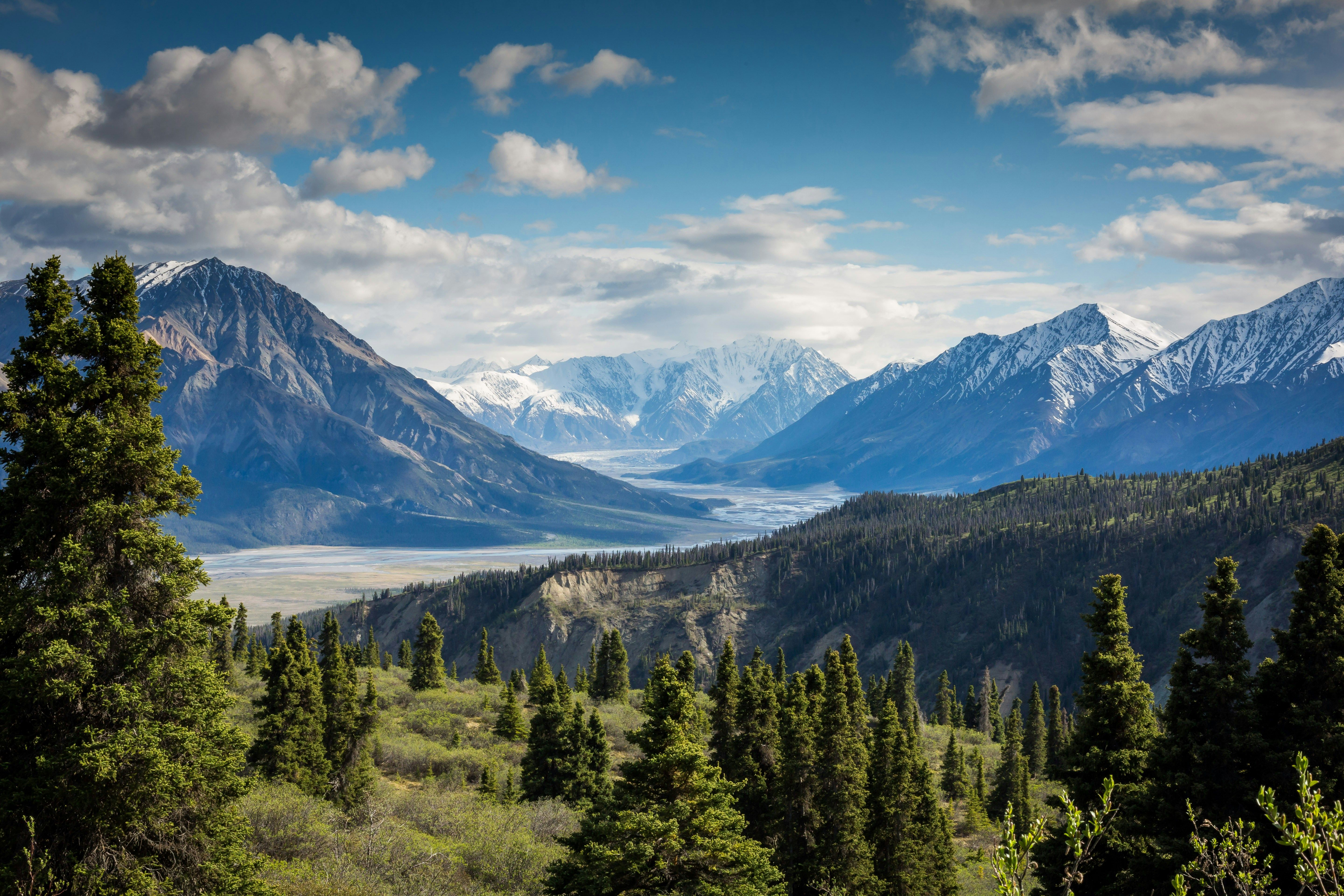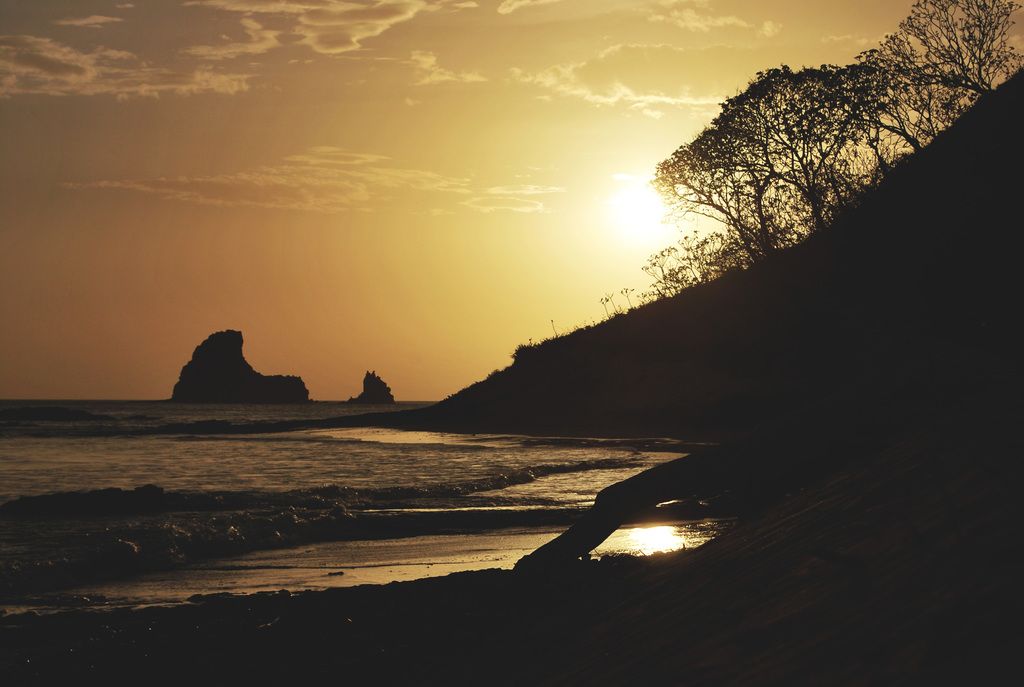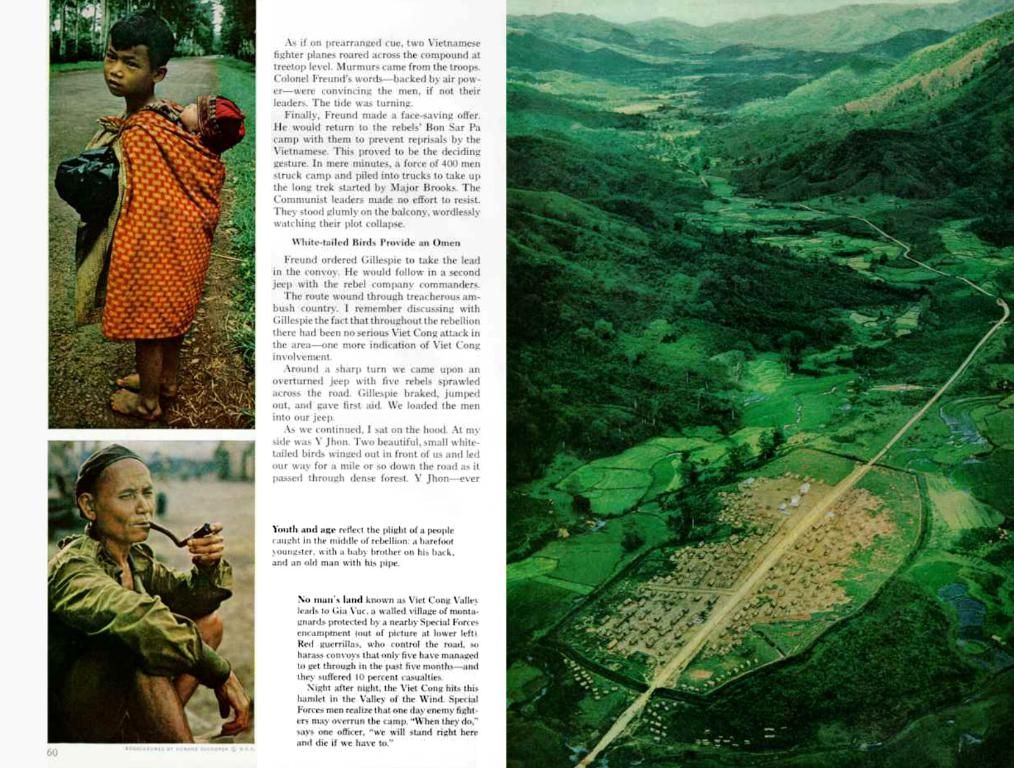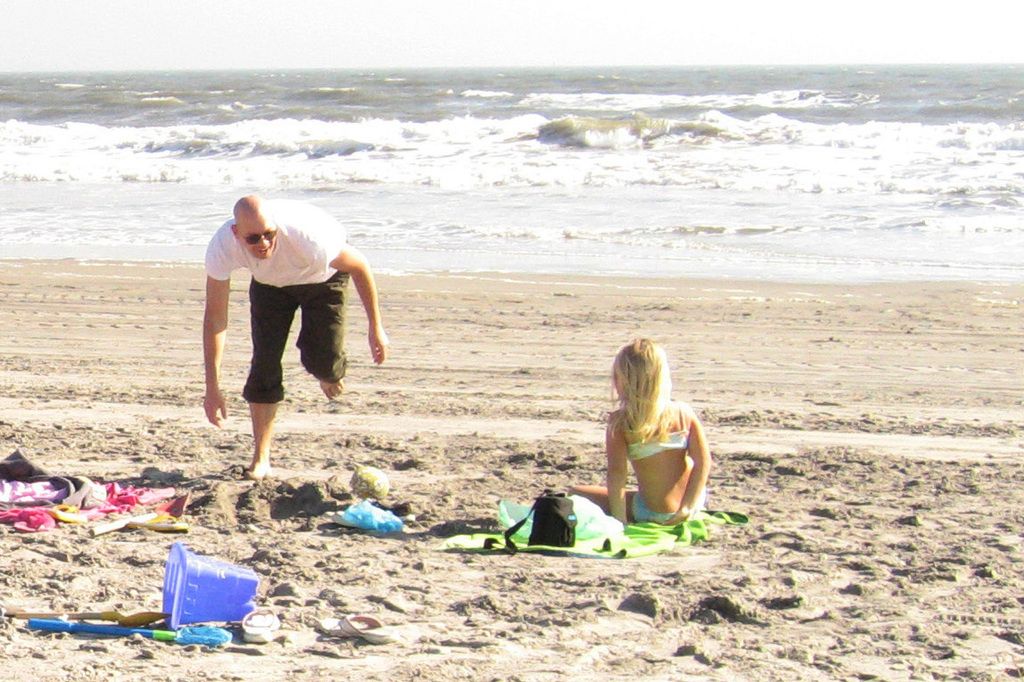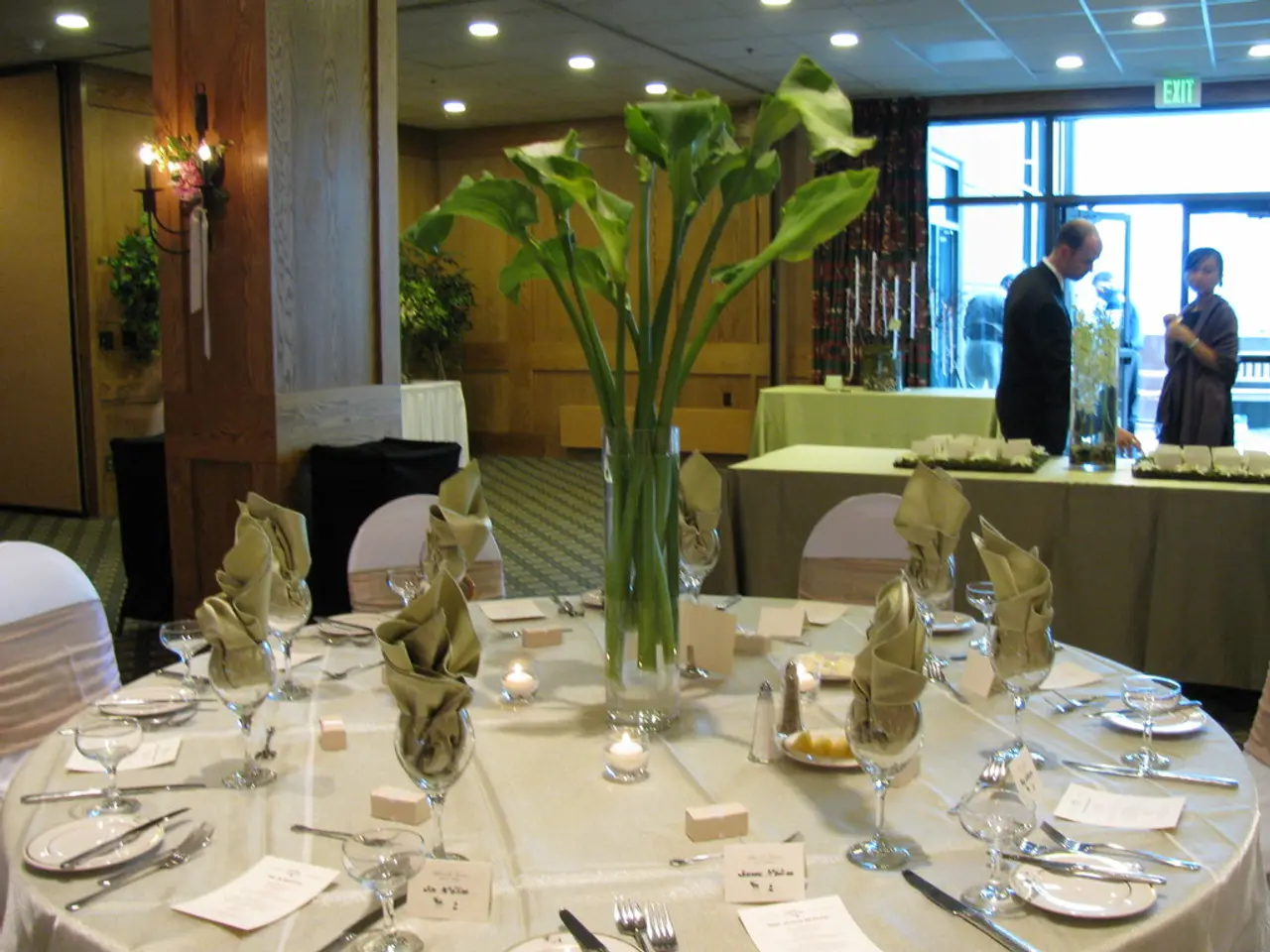A Wake-Up Call for Yakutia: The Tidal Wave of Wildfires and Who's to Blame
Strengthen efforts to prevent natural wildfires and hold accountable those found culpable.
On a chilly Wednesday, May 14, the Republican Commission for Emergency Response and Fire Safety convened, with Aisen Nikolaev, Yakutia's head, presiding. The gathering was a bustling hub of discussion, centering on the alarming surge in wildfires that's been plaguing the region.
Nikolaev accused the lack of public education as the primary cause of this calamity, leading to the ignition of hundreds of wildfires. "Three fingers point back at you—the district heads." He exclaimed, emphasizing the dire need for accountability and better management of agricultural fires.
The meeting also delved into the staggering statistics. Since this fire season's commencement, Yakutia has wrestled with 75 forest fires and a whopping 162 landscape fires. Alarmingly, the number of landscape fires soared by 27 times compared to previous seasons.
"We've seen a 25-fold increase in forest fires—75 compared to a measly 3, and a 316-fold surge in affected area, 23,894 hectares compared to a mere 75 hectares. This is a troubling trend, with the Verkhoyansk district suffering most—over 18,000 hectares of their land engulfed in flames," Nikolaev detailed.
Another pressing matter on the agenda was the unsettling unfolding of the spring flood situation, specifically on the Kolyma. The early commencement of the ice drift has raised concerns. In response, Nikolaev ordered close monitoring of the flood's passage on the Lena River in the Kobyaysky district.
Understanding the Crisis: Unmasking the Root Causes
The rampant wildfires in Yakutia are the result of an intricate interplay of various factors. Here's a glimpse:
- Global Warming: With Yakutia warming by approximately 1.5 degrees Celsius over the last 30 years, it has become more susceptible to wildfires. This warming trend is directly linked to global climate change, exacerbated by greenhouse gas emissions.
- Scant Rain: Reduced rainfall has left woods parched, escalating the wildfire risk. This year's fire season in Siberian regions like Yakutia has been further strained due to the low rainfall.
- Permafrost Thaw: Although it's an indirect cause, the thawing of permafrost can destabilize terrain and foster wildfire-friendly conditions by altering ecosystems.
Fighting Back: Prevention Strategies and Holding Wrongdoers Accountable
Identifying the culprits behind these wildfires can prove challenging since they're often a result of a synergy between natural and human elements. Here's who bears the responsibility:
- Government and Local Authorities: They are accountable for natural resource management, fire safety regulations enforcement, and disaster response.
- Climate Change Contributors: The global community, which includes individuals and organizations contributing to greenhouse gas emissions, plays a role in exacerbating climate-related problems like wildfires.
- Local Communities: Their actions, such as adhering to fire safety regulations and reporting potential fire hazards, can significantly impact fire safety.
Prevention is critical to combat this growing menace. Effective measures include early detection and rapid response, strategic fire breaks and controlled burns, public awareness campaigns, and enhancing firefighting capabilities.
Let's join forces to turn the tide against these wildfires. Collaboration among government agencies, local communities, and global efforts to tackle climate change is pivotal for successful prevention and management of wildfires.
- The surge in wildfires in Yakutia is connected to global climate change, as the region has warmed by approximately 1.5 degrees Celsius over the last 30 years due to global warming, exacerbated by greenhouse gas emissions.
- In environmental science, the Parmafrost thaw, though indirect, can destabilize terrain and generate conditions favorable for wildfires by altering ecosystems.
- By allocating resources to prevention strategies like early detection and rapid response, strategic fire breaks and controlled burns, public awareness campaigns, and enhancing firefighting capabilities, we can combat the growing menace of wildfires in politics and general news.
